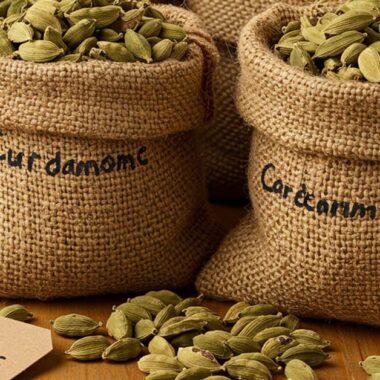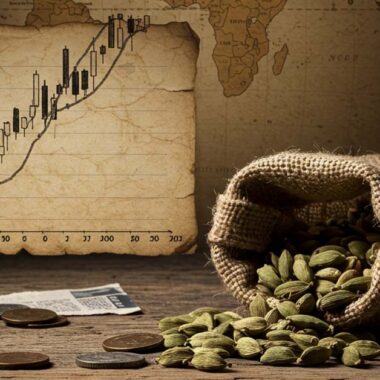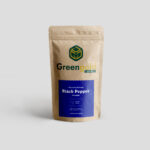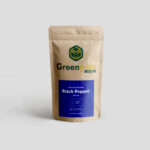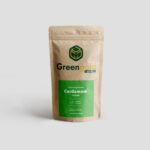Cardamom, known as the “Queen of Spices,” thrives in cool, humid environments with plenty of shade and consistent rainfall. However, climate change is bringing unpredictable weather patterns, rising temperatures, and shifting monsoon cycles, which are seriously threatening cardamom farmers worldwide. Let’s explore how these changes are affecting cardamom cultivation and what can be done to adapt and protect this valuable spice.
🔥 1. Rising Temperatures Reduce Yield
✔️ Cardamom grows best at 10°C to 30°C in high-altitude regions.
✔️ Global warming is causing prolonged heat waves that stress the plants and reduce flowering.
✔️ High temperatures speed up evaporation, leading to moisture loss in the soil.
💡 Impact: Lower productivity and reduced spice quality due to heat stress.
🌧 2. Unpredictable Rainfall Disrupts Growth Cycles
✔️ Cardamom depends on consistent monsoon rains for growth and flowering.
✔️ Delayed, heavy, or insufficient rainfall can cause flowers to drop prematurely, affecting seed formation.
✔️ Flash floods can wash away topsoil and damage plantations.
💡 Impact: Inconsistent rainfall lowers crop yields and increases farmer losses.
🦠 3. Increased Pests and Diseases
✔️ Warmer temperatures create ideal conditions for pests like thrips, root grubs, and aphids to thrive.
✔️ Higher humidity encourages fungal diseases like capsule rot and leaf blight.
✔️ Farmers must use more pesticides, increasing production costs and harming the environment.
💡 Impact: Higher risk of crop failures and financial instability for farmers.
🌲 4. Deforestation & Loss of Shade Trees
✔️ Cardamom is traditionally grown under forest canopies that provide shade and moisture retention.
✔️ Deforestation for urbanization and farming disrupts the natural microclimate required for cardamom.
✔️ Without shade, plants are exposed to direct sunlight, leading to wilting and lower productivity.
💡 Impact: Loss of forest ecosystems that support cardamom plantations.
💦 5. Water Scarcity Affects Irrigation
✔️ Glacier melt and groundwater depletion are reducing available water sources for farming.
✔️ With rising temperatures, evaporation rates increase, requiring more irrigation.
✔️ Small-scale farmers struggle to afford water conservation systems.
💡 Impact: Higher farming costs and less sustainable production.
🚜 6. Declining Soil Health & Fertility
✔️ Heavy rainfall and deforestation lead to soil erosion, washing away nutrients.
✔️ Chemical fertilizers, used to boost yields, degrade soil quality over time.
✔️ Climate shifts can reduce microbial activity, essential for healthy plant growth.
💡 Impact: Weaker plants with lower resistance to disease.
🌿 How Farmers Can Adapt to Climate Change
🔹 Agroforestry: Growing cardamom under shade trees to regulate temperature and moisture.
🔹 Drip Irrigation: Conserving water by delivering moisture directly to the roots.
🔹 Resistant Varieties: Researching and cultivating climate-resilient cardamom strains.
🔹 Organic Mulching: Using compost and leaves to retain soil moisture and fertility.
🔹 Early Pest Detection: Using biological controls instead of heavy pesticides.
🌍 Final Thoughts: A Call for Sustainable Farming
Climate change is one of the biggest threats to cardamom cultivation, affecting farmers’ livelihoods, spice production, and global supply chains. By promoting sustainable farming techniques and climate adaptation strategies, we can help protect this precious spice for future generations.

